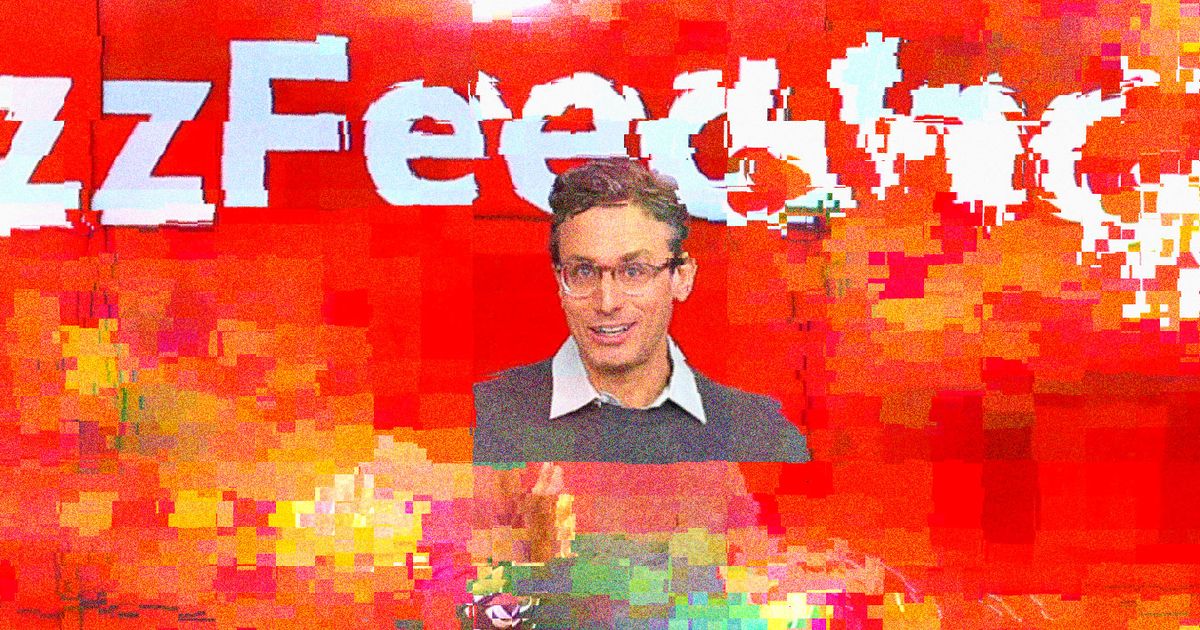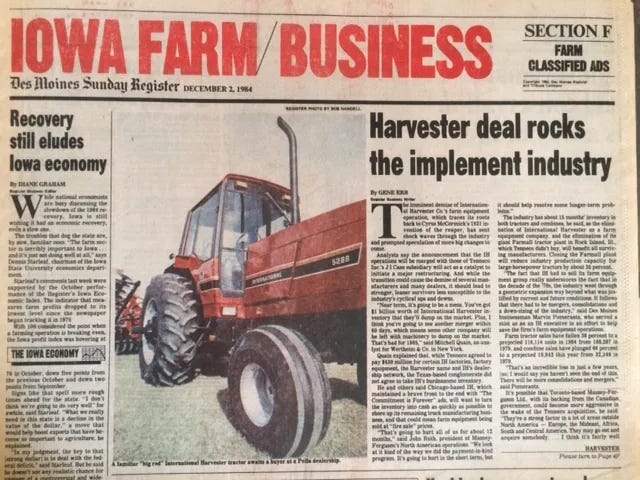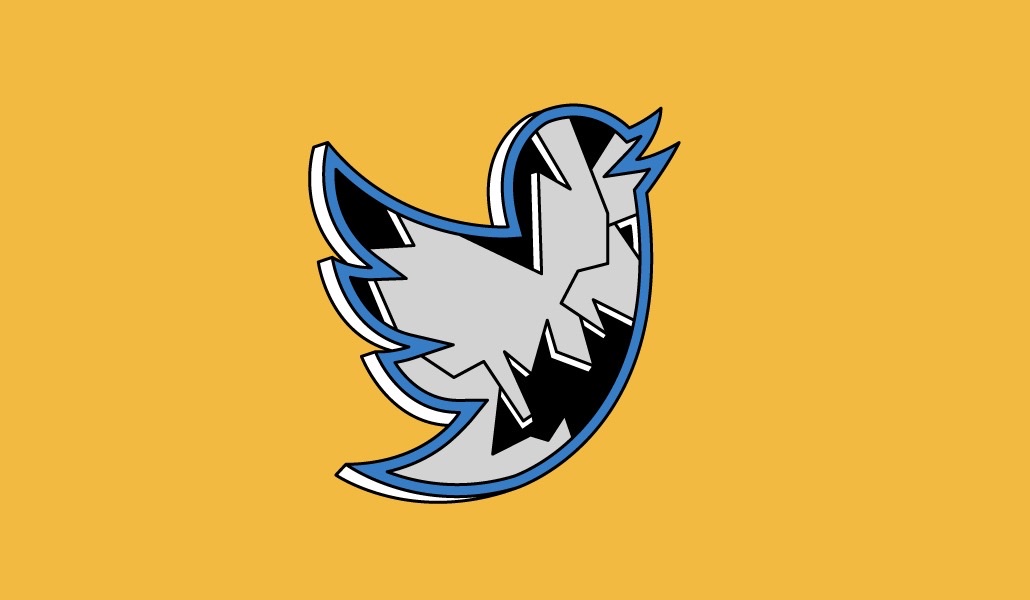- Digital Media Products, Strategy and Innovation by Kevin Anderson
- Posts
- How AI can add value to local journalism and increase local journalism employment
How AI can add value to local journalism and increase local journalism employment
The New York Times debuts a format that answers the question of why audiences should care about a story
Last week, I did a deep dive for the Pugpig Media Bulletin about AI because developments seem to be coming so quickly that it felt like a good time to take stock. As someone who identifies as a recovering journalist, I have seen so many headlines fly by about how AI would be used to eliminate even more journalism jobs. And I understand the anxiety with the precarity of journalism employment both in terms of the number of jobs and also in terms of the compensation that comes with them.
I like to think that I have a balanced view of AI, and the reality of the publishing industry is that we have to think about where AI adds value and also where our people can add value. When I was a regional executive editor for Gannett, I saw many repetitive tasks that I would have happily outsourced to robots to free up my staff to do more original reporting. I also saw tasks that used to be done by staff but that we simply didn’t have the staff to do anymore, such as summarising community events submissions and add them to some kind of listing in the newspaper and our digital properties. I ended up paying a young staffer poverty wages to do this because I knew it was important to our community. I’ll be honest, when I say poverty wages, he had to take a second job to afford to pay rent. I didn’t feel good about it. I would have rather outsourced this to AI, used the advertising revenue from the community events listing to hire another reporter or increase the salaries of my existing staff (if only I had that level of local control in the Gannett of 2014-2015).
The Reuters Institute highlights exactly the kind of excellent application of AI in local journalism with a newspaper in Argentina that is using technology from United Robots to write up local sports results. Communities love this kind of content, and United Robots technology allows them to scale it in a way that simply wouldn’t have been possible using their resources. And it’s allowing them to hire more journalists to do more reporting, something that AI can’t do.
Keeping in the theme of AI, Chris Moran, the Guardian’s head of editorial innovation, shared this on Twitter, and Amelia Wattenberger thoughtfully goes critiques the idea that Chatbots are the future of interfaces. I love pieces like this because they make me think of problems in new ways and consider new solutions. This isn’t a critique of AI as much as it is an overview of how interfaces can improve the experience of AI-driven tools.
And one of the things that AI can do is help journalists spot trends and see story ideas in a large amount of text and information. Reddit and NewsWhip have just launched a tool that predicts topics that might trend - it’s almost a forecast for interesting conversations that might break out of the Reddit communities into the broader public. And when you think about the scale of Reddit with its 430m MAU, it is obvious how useful such a tool can be.
Speaking of interfaces, the New York Times has a new format including a ‘why it matters’ section. Yes, it might be very similar to Axios, but I like it. I often add to who, what, where, when, why and how another question: ‘Why should I care?’ Smart and useful.
Mini scoop: The New York Times is using a new format that breaks down some news articles into sections, such as “Why It Matters.” Feels very Axios. Here’s an example
— Alexandra Bruell (@alexbruell)
1:26 PM • Apr 28, 2023
The fall of the once-great social media-driven news sites
The analysis of what went wrong with BuzzFeed News has barely ended or more precisely continues to rumble on. New York Magazine, owned by Vox, asks whether ‘the media’ learned from its over-reliance on Facebook. I think it paints with too broad of a brush. A lot of publications saw the trends and developed a healthy scepticism of Facebook years ago.
But just as the dust is settling on this story, the New York Times reports that Vice may soon declare bankruptcy.
How to find a job in journalism and how the decline of a state-wide newspaper affected politics in the state
The first piece, from a former editor of the Des Moines Register looks at how the decline of that newspaper is contributing to a rural-urban divide in the US state of Iowa. As someone who is from rural America but lived not far from the sprawl of Chicago, I have seen the political distance grow. I would love to research this topic. So many interesting things to study and so little time (and money).
But I know that a new crop of journalism graduates will be entering the job market soon so here is some advice on how to land that first job.
The Reuters Institute summarises some of the best panels from the International Jouranlism Festival in Perugia, which will be on my conference list next year, one way or another.
The first topic that there is no one size fits all business model that will guarantee success for news organisations is definitely true, but there are a number of options now. The key is about finding the one that is right for your business and your audience.
Today in the Twitter drama
Publishers are pulling budget from Twitter in a move that should surprise no one, and WordPress will drop its Twitter auto-sharing due to API price hikes under Musk.






